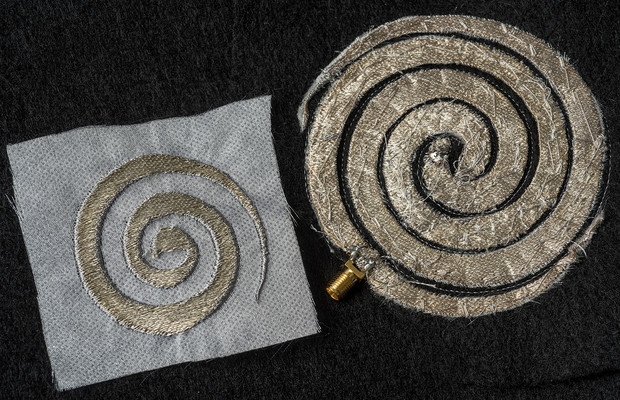I’m a little late with this event news (sadly,. I only received the information yesterday, Sept. 20, 2017) but even with two event dates already past (happily, videos for the two events have been posted), there are still several “Women in Technology” events to attend or view live according to the Simon Fraser University (SFU) President’s Dream Colloquium: Women in Technology; Attaining, Retaining, and Promoting Diverse Talent’s webpage text by Wan Yee Lok,
Women in Technology: Attracting, Retaining and Promoting Diverse Talent is a seven-part public [emphasis mine] lecture series beginning on Sept. 13. Key experts from around the world will identify challenges to gender equity and discover solutions for improving recruitment, retention and leadership options for women.
Diversity and inclusion are critical to high-tech corporate success. Yet statistics reveal that less than 25 per cent of those working in the science, technology, engineering and math sectors (STEM) are women, and that they earn seven-and-a-half per cent less than men.
“There is a crucial need to achieve gender equality in the tech sector, especially at a time when it is growing faster than ever,” says colloquium organizer Lesley Shannon, an SFU engineering science professor. She holds the Natural Sciences and Engineering Research Council (NSERC) Chair for Women in Science and Engineering for the B.C. and Yukon region.
“We hope the colloquium will help people engage in a multidisciplinary dialogue about the value of creating more space in technology for women and other under-represented groups.”
Six of the lectures are free, except for Cathy O’Neil’s lecture on Oct. 26.
The President’s Dream Colloquium schedule is as follows:
Sept. 13: SFU KEY presents: We the Data
Juliette Powell, founder, Turing AI and WeTheData.org, author of 33 Million People in the RoomSept. 14: Diversity 101: The Case for Diversity in Technology
Maria Klawe, president, Harvey Mudd CollegeSept. 21: Women in Media and Advertising
Shari Graydon, catalyst, Informed OpinionsOct. 12: Social Psychological Phenomena
Steven Spencer, the Robert K. and Dale J. Weary Chair in Social Psychology, Ohio State UniversityOct. 26: Gender and Bias in Algorithmic Design
Cathy O’Neil, author, Weapons of Math Destruction [tickets are $5 for students; $15 for the rest of us; go here to buy tickets, click on green button in the upper right, below the banner; the event will be held at SFU’s Harbour Centre Vancouver location]
Nov 9: Gendered Language
Danielle Gaucher, associate professor, Department of Psychology, University of WinnipegNov. 23: Women as Leaders and Innovators
Jo Miller, founder, Be LeaderlyLectures will be webcast live and available on the President’s Dream Colloquium website, www.sfu.ca/womenintech.
SFU engineering science professor Lesley Shannon is the colloquium organizer as well as the Natural Sciences and Engineering Research Council (NSERC) Chair for Women in Science and Engineering for the B.C. and Yukon region.
As a part of the colloquium, students can enroll in a graduate course covering a broad range of topics related to diversity in the technology sector. Shannon says the course will focus on women and their role in technology as well as issues that affect other under‐represented groups.
“I hope the course will establish a foundation for future managers, supervisors, sponsors, mentors and others wanting to pursue leadership roles to work towards creating a level playing field in technology and other industries,” says Shannon.
The colloquium course (SAR 897) is still accepting students. Visit go.sfu.ca to enroll.
A reminder after the last few paragraphs of the event text, you don’t actually have to be a student to attend the lectures although for anyone who doesn’t want to make the trek up the hill (SFU is located on a hill in Burnaby, BC) for the majority of the events, there is the livestream video. For those who can’t make the scheduled times, given that both the Sept. 13 and Sept. 14, 2017 event videos have been posted, they are being pretty quick about uploading the videos afterwards.
I have mentioned Cathy O’Neil here a couple of times, more substantively in a Feb. 28, 2017 posting about a major’ big data’ collaboration between the province of BC and the state of Washington (for Cathy O’Neil, scroll down to the subsection titled: Algorithms and big data) and briefly at the end in a May 24, 2017 posting that was chiefly concerned with bias in algorithms.

